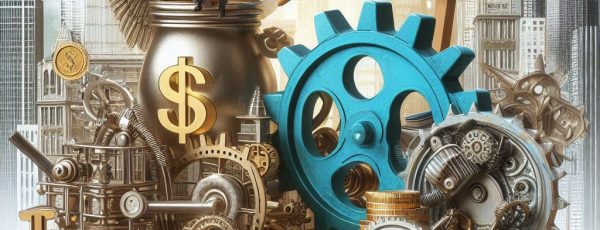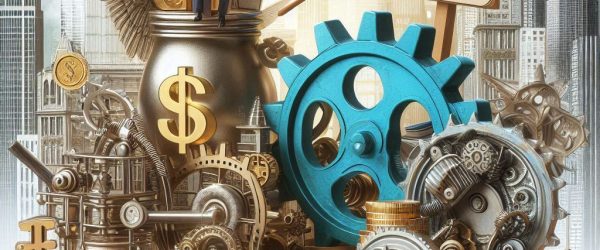Understanding Cost of Capital and Prime Interest Rate in Business Financing


What is Cost of Capital?

- Cost of Debt: The effective interest rate a company pays on its borrowed funds. This includes loans, bonds, and other forms of debt.
- Cost of Equity: The return required by equity investors, considering the risk of their investment. This includes common and preferred stock.
Where:
- ( E ) = Market value of equity
- ( D ) = Market value of debt
- ( V ) = Total market value of the company’s financing (equity + debt)
- ( Re ) = Cost of equity
- ( Rd ) = Cost of debt
- ( Tc ) = Corporate tax rate
- Benchmark Rate: The prime rate is used as a starting point for determining the interest rates on loans.
- Economic Indicator: Changes in the prime rate reflect broader economic policies and conditions.
- Impact on Borrowing Costs: A higher prime rate increases borrowing costs, while a lower prime rate reduces them.
Relationship Between Cost of Capital and Prime Interest Rate

- Rising Prime Rate: Increases the cost of debt, leading to higher interest expenses for businesses. This can raise the WACC, making capital projects more expensive.
- Falling Prime Rate: Lowers the cost of debt, reducing interest expenses. This can lower the WACC, making capital projects more attractive.
Example:
- Interest Rate: 6%
- Tax Rate: 30%
- Cost of Debt = 6% × (1−0.30) = 4.2%
Where:
- ( Rf ) = Risk-free rate
- ( \beta ) = Beta (measure of stock volatility relative to the market)
- ( Rm ) = Expected market return
- Risk-free Rate: 2%
- Beta:1.2
- Expected Market Return: 8%
Cost of Equity = 2% + 1.2 × (8%−2%) = 9.2%
Strategies for Managing Cost of Capital

Comparing Different Types of Business Loans

Navigating Fluctuations in the Prime Rate

Conclusion
Understanding the cost of capital and its relationship to the prime interest rate is essential for business owners seeking financing. The prime rate directly influences the cost of debt, which in turn affects the overall cost of capital. By carefully managing your capital structure, optimizing financing options, and staying informed about economic conditions, you can make informed decisions that support your business’s growth and financial stability.
Conclusion
Understanding the cost of capital and its relationship to the prime interest rate is essential for business owners seeking financing. The prime rate directly influences the cost of debt, which in turn affects the overall cost of capital. By carefully managing your capital structure, optimizing financing options, and staying informed about economic conditions, you can make informed decisions that support your business’s growth and financial stability.

